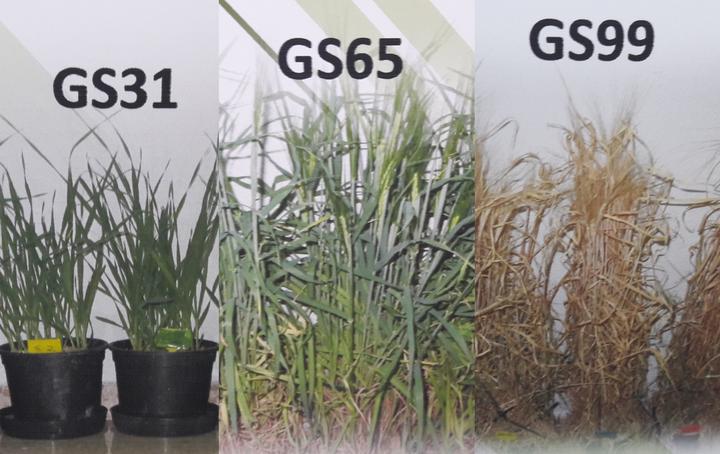Determinantes bioquímicos y fisiológicos de la producción y la calidad de la cebada de uso maltero –un reto ante las condiciones climáticas futuras–

Agricultural production is strongly influenced by climate, and any change in climate can reduce crop productivity and put the food security of the world’s growing population at risk. Barley is one of the most important cereal species worldwide in terms of production, being used both in animal and human food as well as in the malting industry. Climate predictions suggest a continuous increase in CO2 in the atmosphere, associated with higher temperatures and an increase in the duration and intensity of droughts. This implies that crop productivity will be affected by complex environmental interactions between these factors (higher [CO2], higher temperature and drought). In this sense, understanding which biochemical and physiological processes are involved in the interactions of drought, high temperature and high CO2 and knowing through what mechanisms affect growth, final production and grain quality is important if we want to select cultivars of barley that are well adapted to future climatic conditions, maintaining, if possible, production and quality. This area of research is important due to its potential applications in fields such as the agricultural and food industries. Studies are being carried out where biochemical and physiological characters related with increased tolerance capacity of the crops in the climatic conditions foreseen for the future are selected; However, the influence of these characters on the final production is not so studied, much less their influence on the quality of the grain. On the other hand, studies where the three factors are combined (high CO2, high temperature and drought) are not very abundant and, therefore, we cannot predict how plants will develop under future conditions. That is, we do not know if the mechanisms that allow the plant to benefit from the fertilizing effect of the high CO2 will be valid under the conditions combined with the high temperatures and drought expected. Therefore, the main objective of this research project is to determine which biochemical and physiological processes are involved in the interaction of combined conditions of high CO2, high temperature and drought, and to know through what mechanisms affect the growth, production and quality of the grain of two cultivars of barley. The key to this proposal is that the study will be multiscalar (physiological and molecular agronomic parameters) and multifactorial (high Tª, high CO2 and drought) which will allow a deep analysis of the interactions that will occur in future climatic conditions.